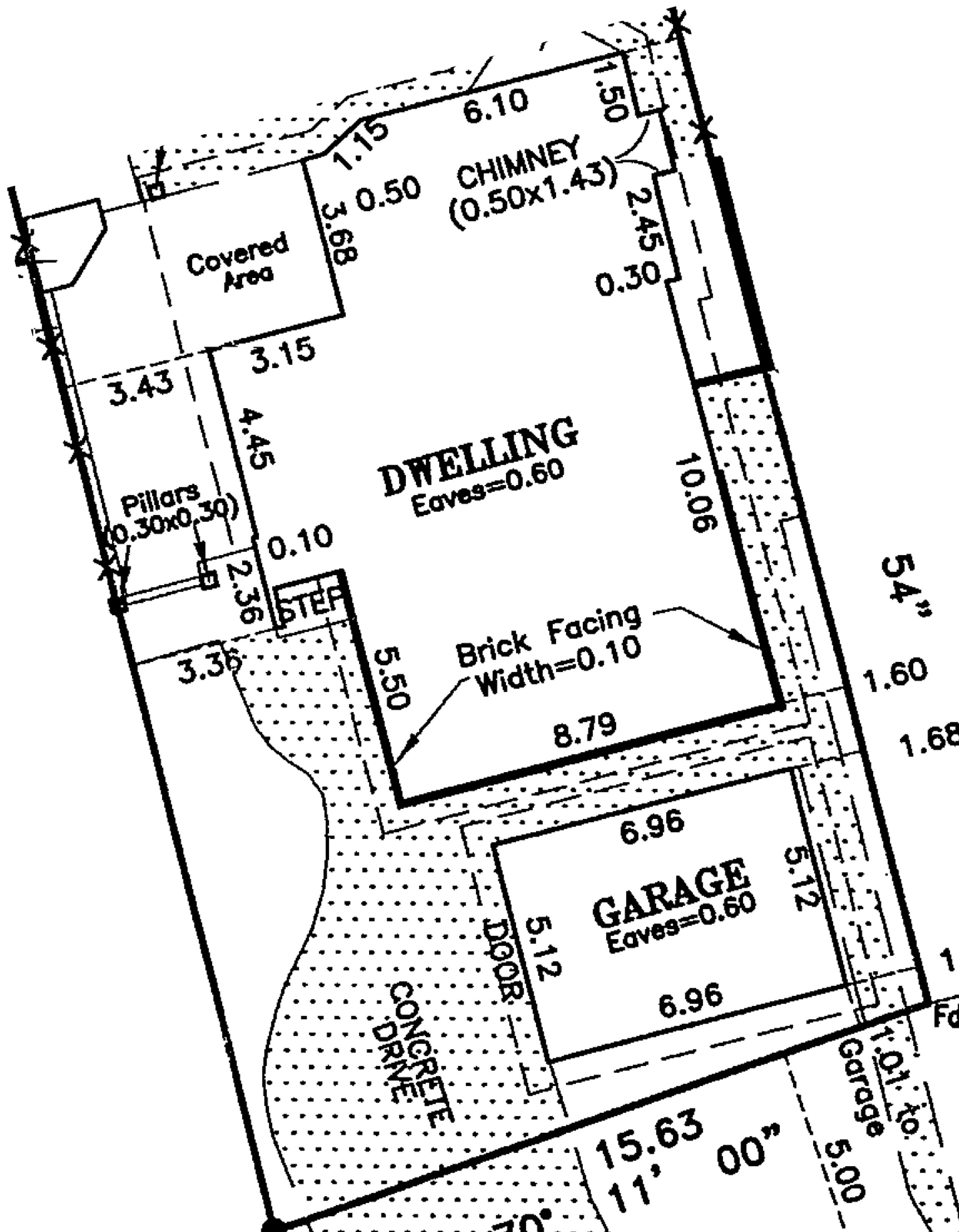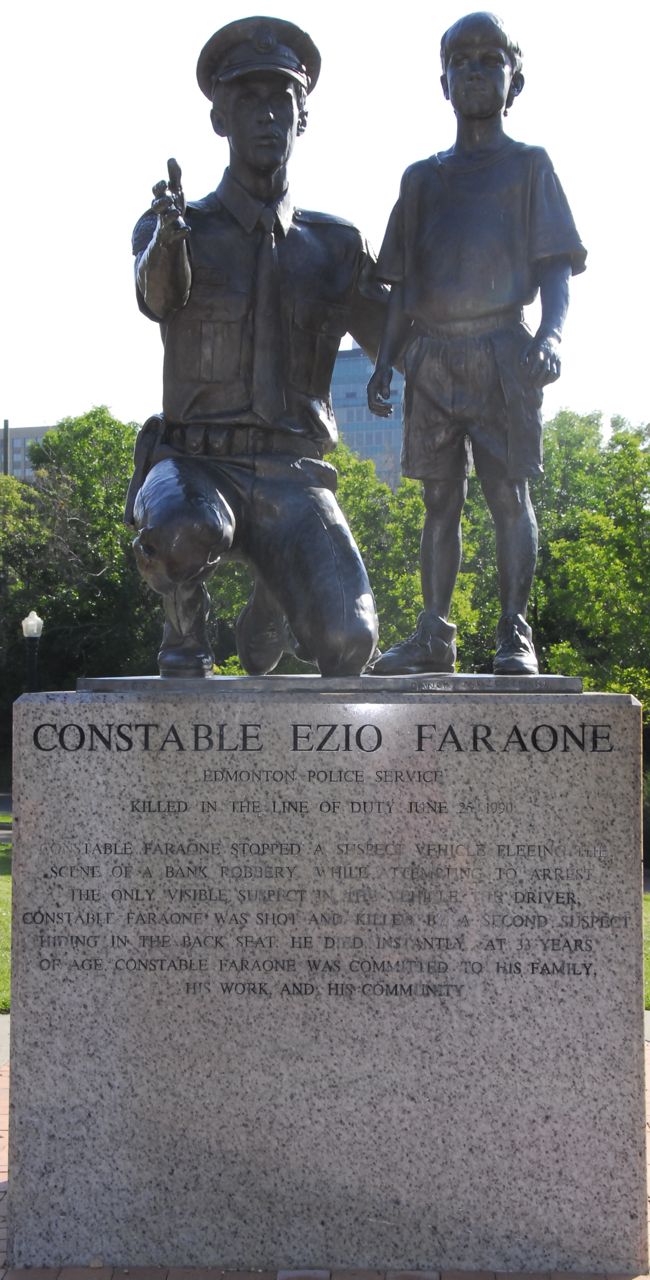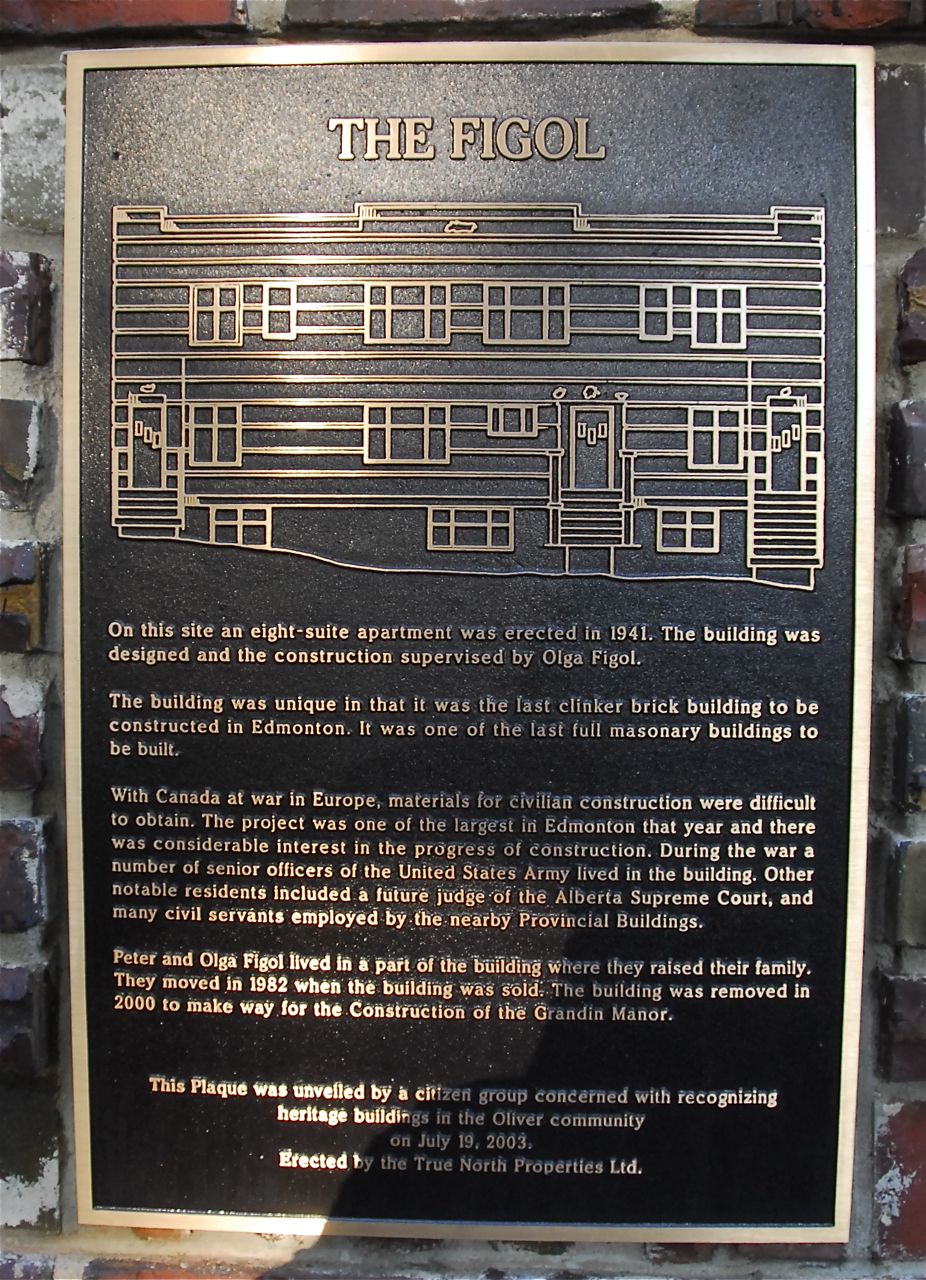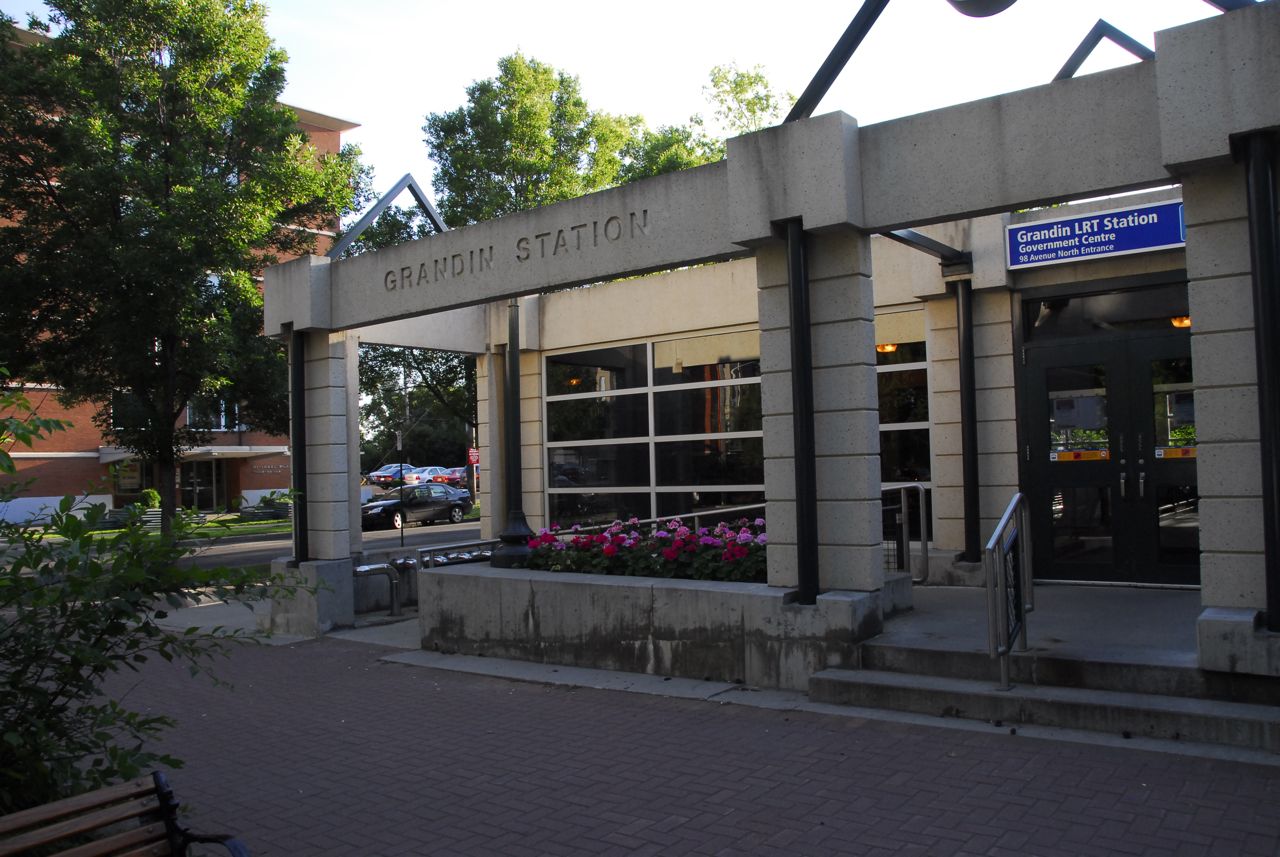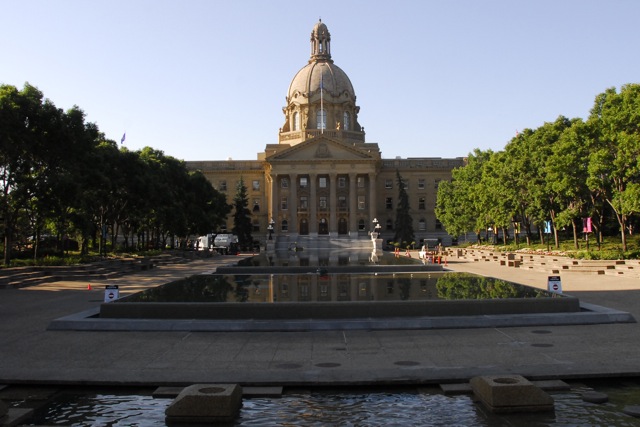The City of Edmonton's residential development application process is broken. I had a horrible experience that could have been much easier, less time consuming and a lot less costly. Here is my story, the issues that I have with the process and some thoughts on how to improve the process.
The project
Our project was to add 10 square meters to the north portion of the garage, and in the process fill the 1.51m gap between the house and the garage. A window on the south side of the house would have to be moved, as well as a so called 'man door' on the north side of the garage. It's a relatively simple project, and I thought an easy ask of the City. Because I have a background in geography (and could not find someone to do the drawings), and have done many to-scale drawings in the past, I decided to do the following myself, which I put together in a 13 page PDF:
- A rationale and justification for the project
- A site plan (from the RPR)
- A floor plan
- A south and west elevation
The PDF also included 12 photographs of the houses on the blocks to the east and west documenting that an attached garage was normal for this neighbourhood. I also addressed the concerns raised in the City of Edmonton's Mature Neighbourhood Overlay. Specifically:
- A variance was identified in that the garage was within 3m of the property line (the variance already exists, and we would not change it by building on the north side of the garage);
- The total footprint of the property was 2% over the allowed ratio (to address this, we offered to remove a small shed in the back that is considered part of the calculation);
The process
I met with a City of Edmonton Applications Officer. We had a nice discussion, and he offered some advice that would help with my application, and assured me that all of the elements needed were present and adequate. I left, modified some of the documentation, and emailed hime the PDF on 21 March. The I waited. I emailed 3 times over the next three days to ensure that the applications officer got my file. He did. I emailed several more times, and called regarding the progress of my application - I even went so far as to call 311 to get the development officer's name and phone number. I called several times to no avail.
I did not hear back until 03 May, when I received an email that stated:
I have received your application back from the development officer They can not make a decision on what has been provided. They would require scaled drawings of the house, floor plans, elevation drawings and a site plan showing setbacks from the property lines.
When I discussed the outcome with the applications officer I asked if I could phone the development officer. I just wanted to talk with a decision maker to explain what I wanted to do. I was told that '...it was not a good idea...' the development officer in question was not approachable. I felt like my application was being judged by criteria not mentioned anywhere (i.e. that my drawings were not done by a professional), and that there was not one person with whom I could talk to about it.
Needless to say, I was disappointed for a couple reasons - (1) I was misled into thinking that my application was adequate when it was not, (2) I was not able to talk with the decision maker - I planned on re-applying and wanted to understand the requirements, and (3) I felt like this was a closed and adversarial process.
Over the next weeks I was able to find a person to make the drawings, and was able to reapply with professional, stamped drawings and a block face plan for my street. I was turned down again, so I immediately appealed and took my development application to the development appeals board.
The appeal
This was an interesting process for a few reasons:
- The Development Appeal Board is independent from the City of Edmonton, with board members being appointed from the public.
- Their process and requirements are well documented and were discussed with me at great length by a planner who works with the appeals board.
- They provided a checklist of requirements, a timeline with the expected date of the hearing, and an phone number to call if I had any questions! This is in stark contrast to my previous experience.
- They provided a deadline for presentation materials, and what they should consist of.
- They also suggested that I talk to my neighbors within 60m of the property to see if they had any issues. I did, and my neighbors had no issues.
In fact, 2/3 of my neighbors have had a similar experience with the city's development process, and signed my sheet on principle. They pitied my this 'ridiculous' process and it worked to my benefit.
I presented to the appeals board, answered a few questions and waited for the answer. For the first time in since my first discussion with an application officer 7 month prior, I felt like I was talking to the right person, like I was being heard and that I would be given a reasonable answer. 20 minutes after my presentation I was told that I would receive a development permit in the mail.
Recommendations and conclusions
In reflecting on the process, some weeks after we received the development approval, I think the most pertinent issues relate to transparency of process, including communication, and providing process support. My recommendations:
- The City of Edmonton should have a step-by-step guide to residential development applications, from where to get drawings done, to all of the official and unofficial criteria for an application. This process should be open to all home owners, just those who hire professionals to do the drawings and project manage the process. A citizen with a scaled and clear drawing on graph paper should be treated as equally as those with professional drawings and a contractor well versed in the process.
- Assign a main contact within the development application department who can address any questions related to an application.
- Allow the applicant to talk to the decision maker.
- In this role, the City is providing a service while enforcing / upholding a set of by-laws. The application and development officers should have adequate communication and collaboration training. The application process SHOULD NOT be adversarial.

